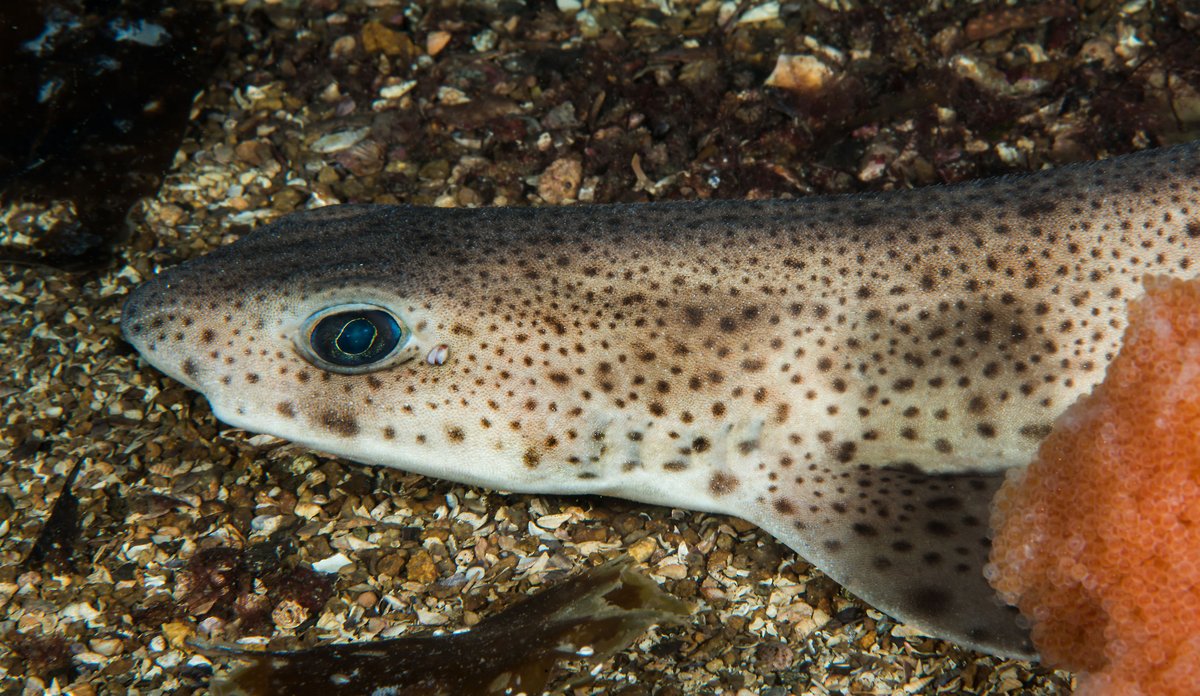The Small-spotted Catshark (Scyliorhinus canicula) is a benthic shark that occurs in the sublittoral, shallow waters of southern and western European seas as well as some parts around north Africa. It gets its name from the distinctive pattern of spots that covers it, allowing to blend into a sandy or rocky sea floor.
A Benthic Hunter
The small-spotted catshark is a benthic predator; it feeds most frequently at the sea bottom. It mostly eats crustaceans, molluscs and small fish. With its sharp teeth, it crushes the shells of other animals, devouring everything useful to eat.
A Nocturnal Hunter
The small-spotted catshark is mainly a night-awake species. It enables them to conceal themselves from the larger predators ( e.g. other large sharks and most marine mammals) active during daylight hours.
A Slow-Paced Lifestyle
Being a slow swimming shark, the small-spotted catshark uses stealth and natural camouflage to catch prey. Because of its slow metabolism it is able to survive in environments with low-oxygen content, such as depths below the thermocline or areas where there has been poor water circulation.
Conservation Concerns
Courtesy of AuthorsThis small-spotted catshark is currently not considered endangered, and only faces threats from overfishing, habitat degradation and pollution. However, bottom trawling is a very destructive type of fishing that also harms their habitat and targets them directly. Also, their populations are also extremely threatened by climate change and pollution.
Conservation Efforts
In order to keep the small-spotted catshark and other marine life from going extinct, several conservation measures are being introduced.
Marine Protected Areas: Setting aside specific regions as Marine protected areas in an attempt to preserve crucial biotopes and diminish human influence.
Sustainable Fisheries Solutions: Encourage sustainable fishing methods such as using selective gear and reducing the quantity of fish caught to limit bycatch, preserve holothurian populations or recover overexploited stocks.
Restoration of habitat —restoring seagrass beds and coral reefs which are important shelters, walls for nursery grown mоlluscs.
Outreach: Creating awareness in the general public and all stakeholders on marine biodiversity conservation, threats to different species.
Learning about the various roles of small-spotted catshark in its ecosystem and what dangers they have, we may help to save this inciting species along with their living habitat. By encouraging sustainable exploitation of fishing and habitat conservation, combined with raising public awareness the small-spotted catshark can continue to live on in our seas.
